
William J. Simmons was an American Baptist pastor, educator, author, and activist. He was formerly enslaved person, who became the second president of Simmons College of Kentucky (1880–1890), for whom the school was later named.
The Near East Side is a neighborhood located near downtown Columbus, Ohio, made up of several neighborhoods: Mount Vernon, King-Lincoln Bronzeville, Eastgate, Franklin Park, Nelson Park, Olde Towne East, and Woodland Park.
Lincoln Goodale was the first doctor to live in Columbus, Ohio, United States. He was a great benefactor to the city and his legacy includes a large parcel of land that today is known as Goodale Park. His likeness in the form of a large bronze bust watches over the park.

Mount Vernon is a predominantly African-American historic neighborhood in Columbus, Ohio, United States. The neighborhood lies within the historic Near East Side community, north of King-Lincoln Bronzeville. Mount Vernon borders Interstates 71 and 670. Its main thoroughfares, Mount Vernon Avenue, Long Street, Atcheson Street, and Champion Avenue define the community's limits.
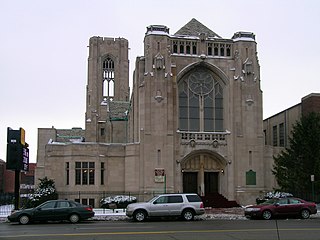
The Central Woodward Christian Church, now known as Historic Little Rock Missionary Baptist Church, is a Gothic Revival church located in Detroit, Michigan. It was listed on the National Register of Historic Places in 1993.

King-Lincoln Bronzeville is a historically African American neighborhood in Columbus, Ohio. Originally known as Bronzeville by the residents of the community, it was renamed the King-Lincoln District by Mayor Michael B. Coleman's administration to highlight the historical significance of the district's King Arts Complex and Lincoln Theatre, amid collaborations with investors and developers to revitalize the neighborhood.
Since 1937, the United States presidential inauguration has included one or more prayers given by members of the clergy. Since 1933 an associated prayer service either public or private attended by the president-elect has often taken place on the morning of the day. At times a major public or broadcast prayer service takes place after the main ceremony most recently on the next day.
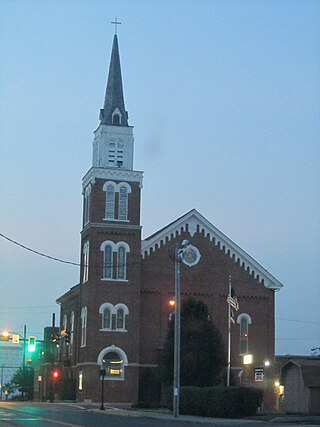
First Lutheran Church is a Lutheran church in Springfield, Ohio, and is in the Southern Ohio Synod of the Evangelical Lutheran Church in America (ELCA).

Shiloh Baptist Church is a historic Baptist church in King-Lincoln Bronzeville, Columbus, Ohio. One of the oldest black churches in the city, it has been active since the 1860s, and its 1920s building has been named a historic site.

The Nineteenth Street Baptist Church, located on 16th Street, NW, is considered to be the first and oldest Baptist, black congregation in Washington, D.C. Since its founding in 1839, the church has figured prominently within the historical and social fabric of Washington, D.C.'s African American community.
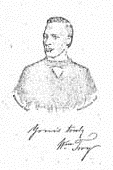
The Reverend William Troy was a Baptist minister and writer associated with the Underground Railroad.

The Twelfth Baptist Church is a historic church in the Roxbury neighborhood of Boston, Massachusetts. Established in 1840, it is the oldest direct descendant of the First Independent Baptist Church in Beacon Hill. Notable members have included abolitionists such as Lewis Hayden and Rev. Leonard Grimes, the historian George Washington Williams, the artist Edward Mitchell Bannister, abolitionist and entrepreneur Christiana Carteaux, pioneering educator Wilhelmina Crosson, and civil rights movement leader Dr. Martin Luther King Jr.

James Preston Poindexter was an abolitionist, civil rights activist, politician, and Baptist minister from Columbus, Ohio. He was born in Richmond, Virginia and moved to Ohio as a young man. In Ohio he was a part of abolitionist and Underground Railroad societies and became a Baptist preacher. From the pulpit, he preached against slavery and for African-American rights. After the American Civil War (1861–1865), he was involved in political activities in Columbus, serving on the City Council, the city Board of Education, the state Forestry Bureau, and as trustee of the Institute for the Blind and of Wilberforce University. At his death, he was noted as the second longest serving advocate for African American rights after Booker T. Washington.
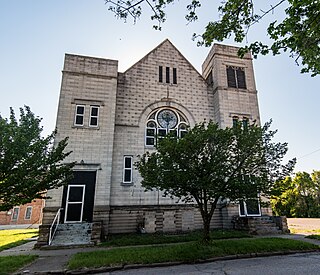
The West Side Spiritualist Church was a historic church building in Franklinton, Columbus, Ohio. The Spiritualist church was built in 1912 for the congregation of Harry Boerstler, who moved to the neighborhood in 1900 to bring hope to its working-class people. The congregation lasted until about 1948, and the building later housed the Boerstler Memorial Spiritualist Temple and the Greater Christ Temple Apostolic Church. After years of vacancy, the church building was approved to be demolished for affordable housing, to accompany an upscale mixed-use development nearby, despite opposition from preservationists.

Poindexter Village was a historic public housing complex in the King-Lincoln Bronzeville neighborhood of Columbus, Ohio. Today, the remaining two buildings are set to become the Poindexter Village Museum and Cultural Center.
Racism is a prevailing issue in the city of Columbus, Ohio, United States. Minority groups may face some societal, health, and legal challenges not experienced by non-minority residents.

The First Baptist Church of Greater Cleveland is an historic Baptist church in Shaker Heights, Ohio. Founded in 1833, it was the first Baptist church in the Cleveland, Ohio area and is the fourth oldest church in Cleveland.
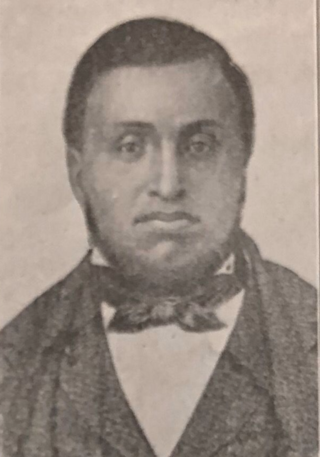
John R. Anderson, also known as J. Richard Anderson, was an American minister from St. Louis, Missouri, who fought against slavery and for education for African Americans. As a boy, he was an indentured servant, who attained his freedom at the age of 12. Anderson worked as a typesetter for the Missouri Republican and for Elijah Parish Lovejoy's anti-slavery newspaper, the Alton Observer. He founded the Antioch Baptist Church in Brooklyn, Illinois and then returned to St. Louis where he was a co-founder and the second pastor of the Central Baptist Church. He served the church until his death in 1863.

Joan Brown Campbell is an American Christian minister and ecumenical leader. She has standing as an ordained minister in both the Christian Church and the American Baptist Church. In 1991, she became the first ordained woman to serve as the general secretary for the National Council of Churches of Christ USA. During her career, she also served as the head of the US office for the World Council of Churches, and later, as director of the Religion Department for the Chataqua Institution. In both cases, she was the first woman to hold these roles.
Ann B. Walker is an American journalist, editor, radio personality, and businesswoman. She is most notable for being the first woman broadcaster to report on the Ohio legislature for NBC4 and later becoming the first woman in broadcast management in the city's and stations' history. She was inducted into the Ohio Women's Hall of Fame as the first woman broadcaster to report on the Ohio Legislature in 1978. She is also the first Black woman from Franklin County to receive a presidential appointment.

















